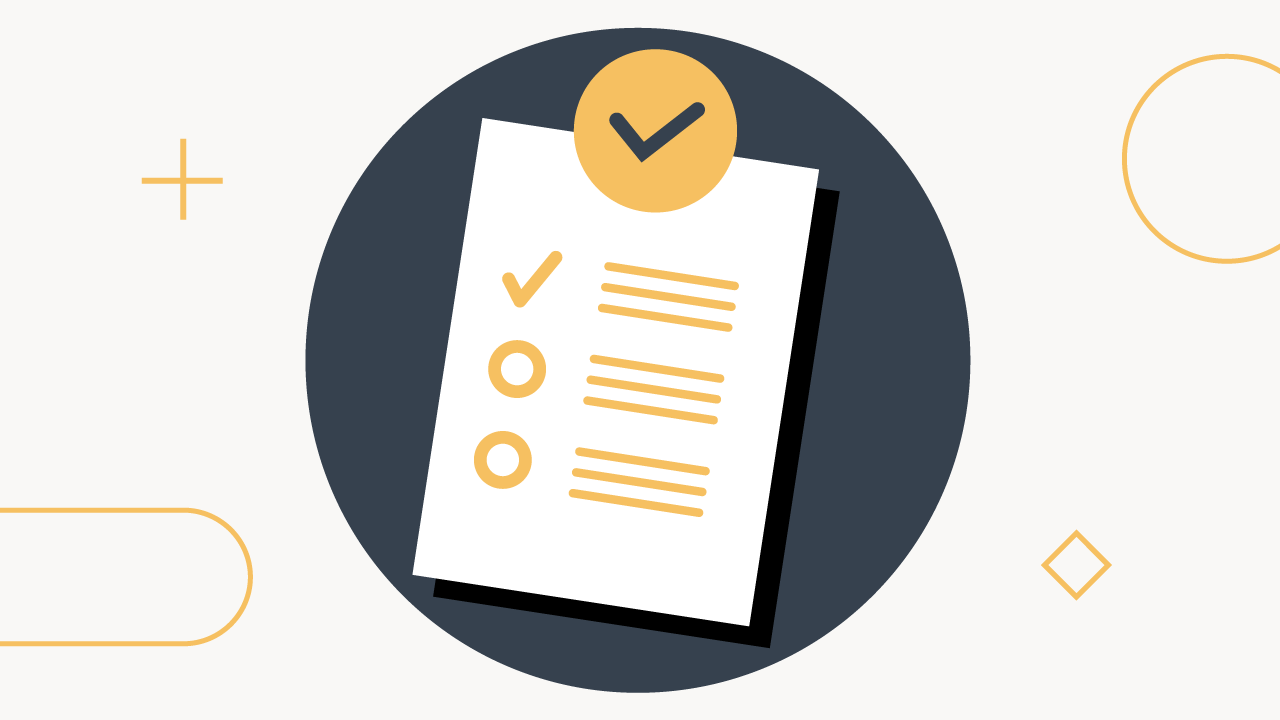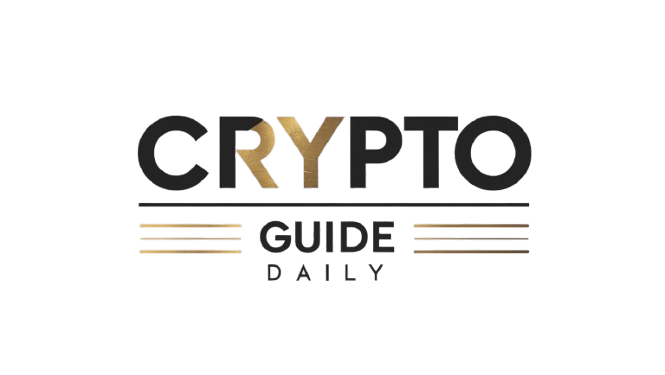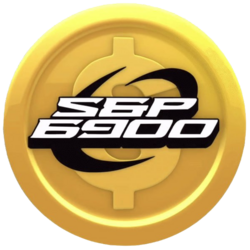
Key Points
- Public Service Loan Forgiveness (PSLF) remains one of the most misunderstood federal student loan programs, and errors can derail years of progress.
- Choosing the right repayment plan, submitting employer certifications, and staying current on processing updates are non-negotiable for borrowers seeking PSLF.
- Changes to repayment plans in 2026 make right now a critical time to review eligibility and act accordingly.
The Public Service Loan Forgiveness program offers one of the most powerful federal benefits for student loan borrowers working in government and nonprofit roles. Over 1 million borrowers have received loan forgiveness via the program, and about 100,000 to 200,000 are on track to get their loan forgiveness each year.
However, the program has received a lot of bad press for high rates of denial. Often, the problem isn’t missed payments or insufficient work history. It’s paperwork. Borrowers have been tripped up by being on the wrong repayment plan, not submitting employer certifications, or unknowingly consolidating loans in a way that resets progress.
With the passage of the Big Beautiful Bill and one of the largest overhauls of student loan repayment in process, now is the time to lock in compliance.
Would you like to save this?
PSLF Rules
PSLF has a few rules that are non-negotiable:
- Have Direct Student Loans (Not Perkins or older FFEL Loans)
- Be On A Qualifying Repayment Plan (IBR, PAYE, ICR, SAVE, RAP)
- Certify Your Qualifying Employment
- Do The Above 3 Steps For 120 Payments
Choosing the wrong repayment plan is one of the most common mistakes borrowers make. While the SAVE plan might have offered the lowest monthly payment for most borrowers, it is ending in 2026, and borrowers in the plan have been stuck in forbearance for the past year. And this forbearance period doesn’t directly count – it requires PSLF buyback, which is even more confusing.
For PSLF purposes, the eligible repayment plans are:
- Income Based Repayment (IBR)
- Income Contingent Repayment (ICR) *Ending by 2028
- Pay As You Earn (PAYE) *Ending by 2028
- Saving on a Valuable Education (SAVE) *Ending in 2026
- Repayment Assistance Plan (RAP) *Coming in 2026
- Standard 10-Year Plan
You must also certify your employment. The easiest way to do this is via the PSLF Help Tool, which will send a DocuSign to your employer to certify your qualifying employment. You can do a paper copy as well. It’s essential that you keep records of this.
PSLF Checklist: Stay On Track
Use the following checklist to protect your PSLF eligibility:
Step 1 – Confirm Loan Eligibility
Ensure that you have Direct Student Loans. Nearly all federal student loans originated after 2010 should qualify. But if you have older FFEL loans, you may need to conslidate.
Step 2 – Confirm Employer Eligibility
Make sure that you work for a qualifying employer. It’s essential that you work directly for the qualifying employer, and are not a contractor. Some exceptions apply to doctors in California and Texas. See this guide to what jobs qualify for PSLF.
Step 3 – Select A Qualifying Repayment Plan
Ensure that you’re repaying your student loans on a qualifying repayment plan. This include IBR, ICR, PAYE, SAVE, or RAP.
Step 4 – Submit An Employer Certification Form
Use the PSLF Help Tool to submit an employer certification form to certify your employment at the qualifying public service job.
Step 5 – Track Your Qualifying Payments
Keep track of your qualifying payments in your loan servicing portal. Keep an eye on the green banner to see that your payment counts update accurately. Always keep your own record as well.
Step 6 – Monitor Your PSLF Progress
Check in on your PSLF progress as least once a year. If you find any missing counts after you’ve certified your employment, make sure you file a PSLF Reconsideration Request.
Step 8 – Re-certify Your Employment Annually or As-Needed
Use the PSLF Help Tool each year to certify your employment, or if you move jobs during the year, certify your new employment as needed. Don’t miss employment certification, as it can be difficult to track down past employers.
Step 9 – Submit A Buyback Request If Necessary
Once you have 120 months of qualifying employment, you can submit a PSLF Buyback request to buy back missing time due to the SAVE forbearance.
Final Thoughts
It can seem daunting to maintain PSLF eligibility, but once you get on the correct payment plan and certify your employment, it’s relatively easy to stay compliant. The big thing is to keep your own records and then follow up as necessary if you discover any issues.
Don’t Miss These Other Stories:
Editor: Colin Graves
The post PSLF Checklist: What Student Loan Borrowers Must Do appeared first on The College Investor.










































